| Description: |
| Description: |
| Incamake: |
| Description: |
| Description: |
| Incamake: |
| Description: |
| Description: |
| Incamake: |
Nyundo Genocide Memorial is located in the region historically known as Bugoyi (comprising the former Rwerere, Mutura, Rubavu, Nyamyumba, and Kanama communes). In precolonial times, the area was ruled by Chief Muhumuza who was from the Abasinga b’Abagwabiro clan. The Bugoyi region was traditionally populated by the Abasinga b’Abagwabiro, who gave plots of land to members of other clans so that they could build their homes. Appointed by King Mutara Rwogera, Chief Muhumuza was later dismissed by the colonial authorities, who took control over the appointment of successive chiefs.
The royal court of King Mutara III Rudahigwa was situated at Rugerero (in Bugoyi); this area was also known to be the royal army training headquarters. Nyundo Church is situated in Bugoyi and was originally headed by Bishop Bigirumwami, a man renowned for his good deeds.
Early Violence 1959-1962
In 1959-1960, many of the Tutsis living in Bugoyi were attacked and killed; their houses were burned, destroyed and looted. After the 1959 violence and the death of King Mutara III Rudahigwa, Kigeli V Ndahindurwa became the king of Rwanda. During a tour of the country, the new king spent the night in Rugerero and from there, upon learning that his men were being targeted by the Belgians, fled to Congo on the advice of Bishop Bigirumwami, the leader of Nyundo Church.
At the same time, Tutsis were attacked, killed, and their homes were burned and looted. These operations were carried out by Hutus with the support of the Belgians living in Gisenyi. One of those supporters was a Belgian known as Amaviyasi. Amaviyasi encouraged the MDR Parmehutu supporters to kill the Tutsis, destroy their homes, and ransack their property. He also supported the MDR-Parmehutu militia group known as Indamage who were responsible for slaughtering Tutsis during that time.
First Republic 1st July 1962 – 4th July 1973
In 1963 and 1964, Tutsis were targeted for killing and their bodies were thrown into caves (Mogongo in Mudende Sector and Gacurabwenge in Busasamana Sector), volcanoes, and the Gishwati forest. Other Tutsis were forcibly expelled from their homes and relocated to Nyamata in the Bugesera region. The killings were led by Aloys Nzabonimpa (an active member of the MDR Parmehutu party and elder brother of Colonel Théoneste Lizinde) and Wellars Boize (an active member of MDR Parmehutu).
On 26th and 27th February 1973, Nyundo Minor Seminary (Petit Séminaire de Nyundo) was also attacked. Approximately 120 students at the seminary were expelled and 10 teachers fled the country.
In the Bugoyi region, Tutsis were denied full access to secondary school education. In the primary schools, Tutsi students were required to stand up and specify their ethnicity and openly taunted as a way of marginalizing them and separating them from their fellow Hutu students.
Second Republic 5th July 1973 – 6th April 1994
Under the regime of President Juvenal Habyarimana, the persecution and discrimination of Tutsis continued in education and employment, where Tutsi were not permitted to work in most public services. When the RPF Inkotanyi attacked Rwanda in October 1990, many Tutsis were arrested under the pretext that they were accomplices of the Inyenzi (cockroaches) and kept in Gisenyi Prison. While they were released after a few months, the persecution of Tutsis continued up until the genocide in 1994.
In 1991-1992, practice killings of Tutsis known as the Abagogwe took place in this area. Many Tutsis from Kanama Commune were killed and others took refuge at Nyundo church. The MRND and CDR political parties were the only ones active in the area. The Tutsis remaining in the region were persecuted and regularly sought refuge, particularly at night, at religious institutions such as Muhira Brothers Community, Petit Séminaire de Nyundo, and Nyundo Church. In the mornings, they would often return home to find their houses ransacked or destroyed.
Genocide 6th April 1994 – 19th July 1994
Attacks against the Tutsis living in Nyundo lasted from 7th April to 2nd May 1994. On 7th April, after learning of President Habyarimana’s death, Interahamwe militias and CDR supporters donned uniforms and banana leaves and attacked Tutsis using guns, grenades, machetes, studded clubs known as nta mpongano y’umwanzi (no compensation for the enemy), and swords. As before, Tutsis fled to the Petit Séminaire de Nyundo, Muhira Brothers Community, and Nyundo Church for safety. That same day, the Interahamwe and CDR supporters attacked those who had taken refuge at Petit Séminaire de Nyundo; the survivors then fled to Nyundo Church.
On 8th April, the Interahamwe militias of Rubavu, Kanama, and Kibirira gathered at Nyundo Church and attacked the Tutsis gathered there. At first, the Tutsis tried to defend themselves using stones but the killers shot at them and threw grenades into the church. Those who tried to flee through the windows were caught by the Interahamwe and killed with machetes, small hoes, or clubs. Later on, the killers entered the church and began to slaughter the Tutsis. In the evening, the killers returned home, leaving some survivors in the church. Soldiers from Gisenyi kept watch over the church throughout the night to ensure that those Tutsis did not escape. On the 9th of April in the morning, the Interahamwe returned and continued killing until the afternoon. During the following days, they stopped the killings at Nyundo Church and instead searched for and killed Tutsis who were hiding in the area. They also attacked Muhira Brothers Community (currently in Rugerero Sector) and killed the Tutsis who had taken refuge there.
On 1st and 2nd May 1994, the Interahamwe and CDR supporters returned to Nyundo Church to kill any remaining Tutsis assembled there. By 2nd May, there were no surviving Tutsis at the church.
The planners and leaders of these attacks include Bernard Munyagishari (who was extradited to Rwanda by the International Criminal Tribunal for Rwanda), Stanislas Kabiligi (former Coordinator of Muhira Sector who is in exile in Congo), Marc Mpozembizi (former Burgomaster of Rubavu Commune who is in exile), and Anananiyasi Marius Nzabonimpa (former Burgomaster of Kanama Commune who is serving his sentence at Nyakiliba Prison). Other killers include Jean Damascène Kimanuka (former Coordinator of Gitebe Cell in Muhira Sector, Kanama Commune) and Father Edouard alias Simba (serving his sentence in Nyakiliba Prison).
At the beginning of July 1994, the RPF Inkotanyi arrived at Nyundo, but most of the Tutsis in that area had been massacred.
Nyundo Genocide Memorial Site
The Nyundo Genocide Memorial was created in 2005. The remains of the genocide victims were gathered there from Muhira Brothers Community, Petit Séminaire de Nyundo, Nyundo Church and the Kanama, Nyundo, and Rugerero sectors. Approximately 851 victims are buried at this memorial. The decision was made to move the memorial after the Sebeya River flooded the site in 2012.


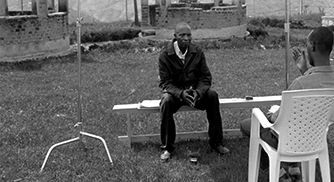
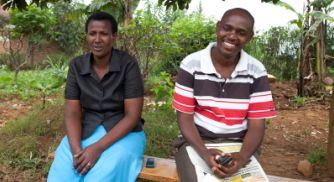
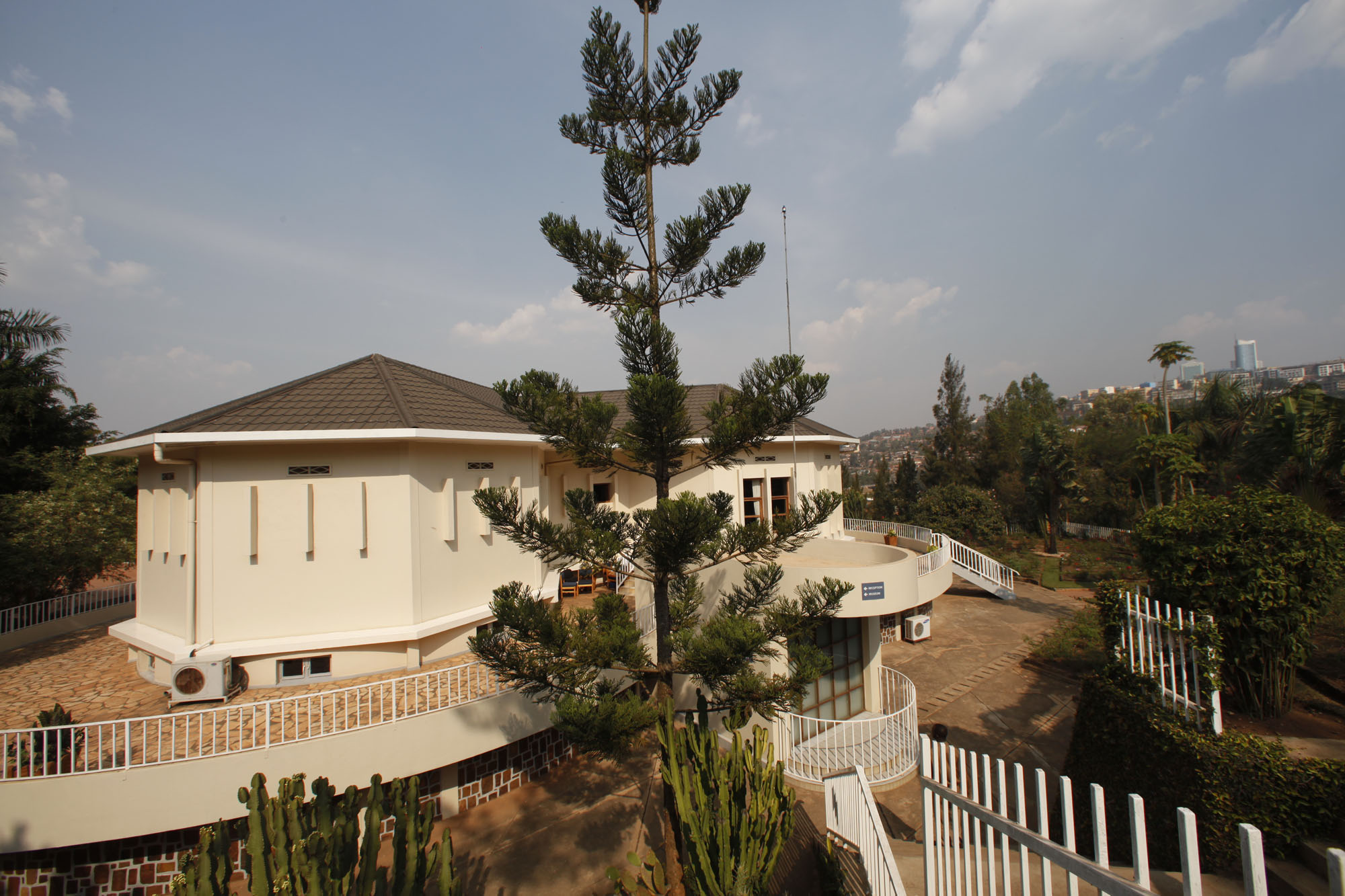
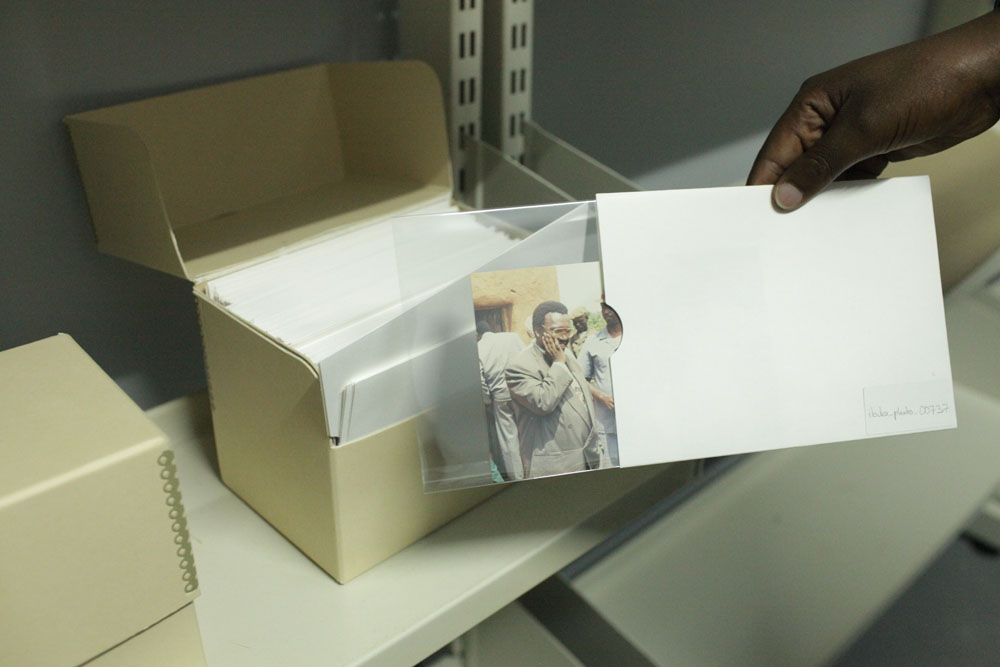
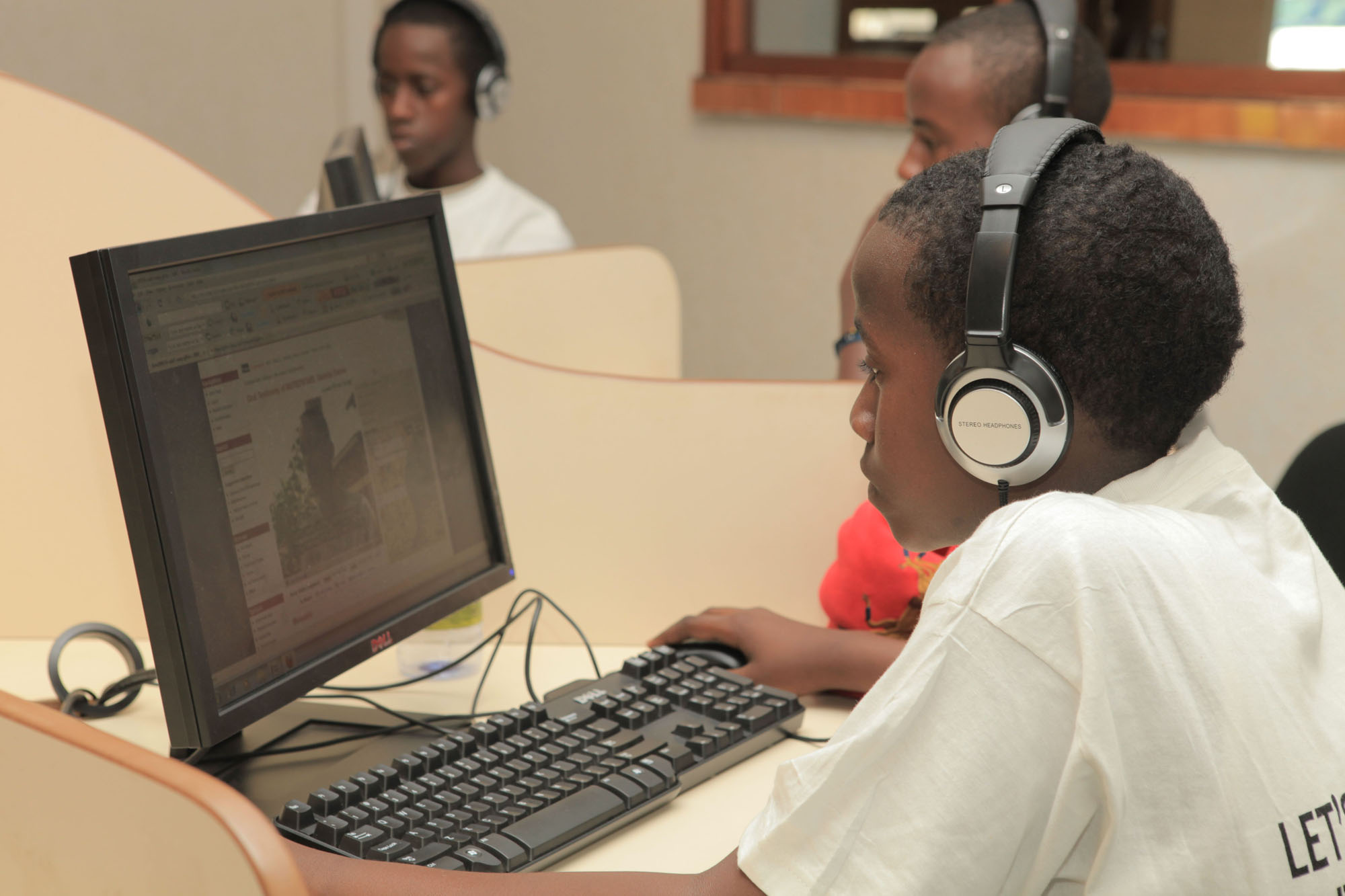
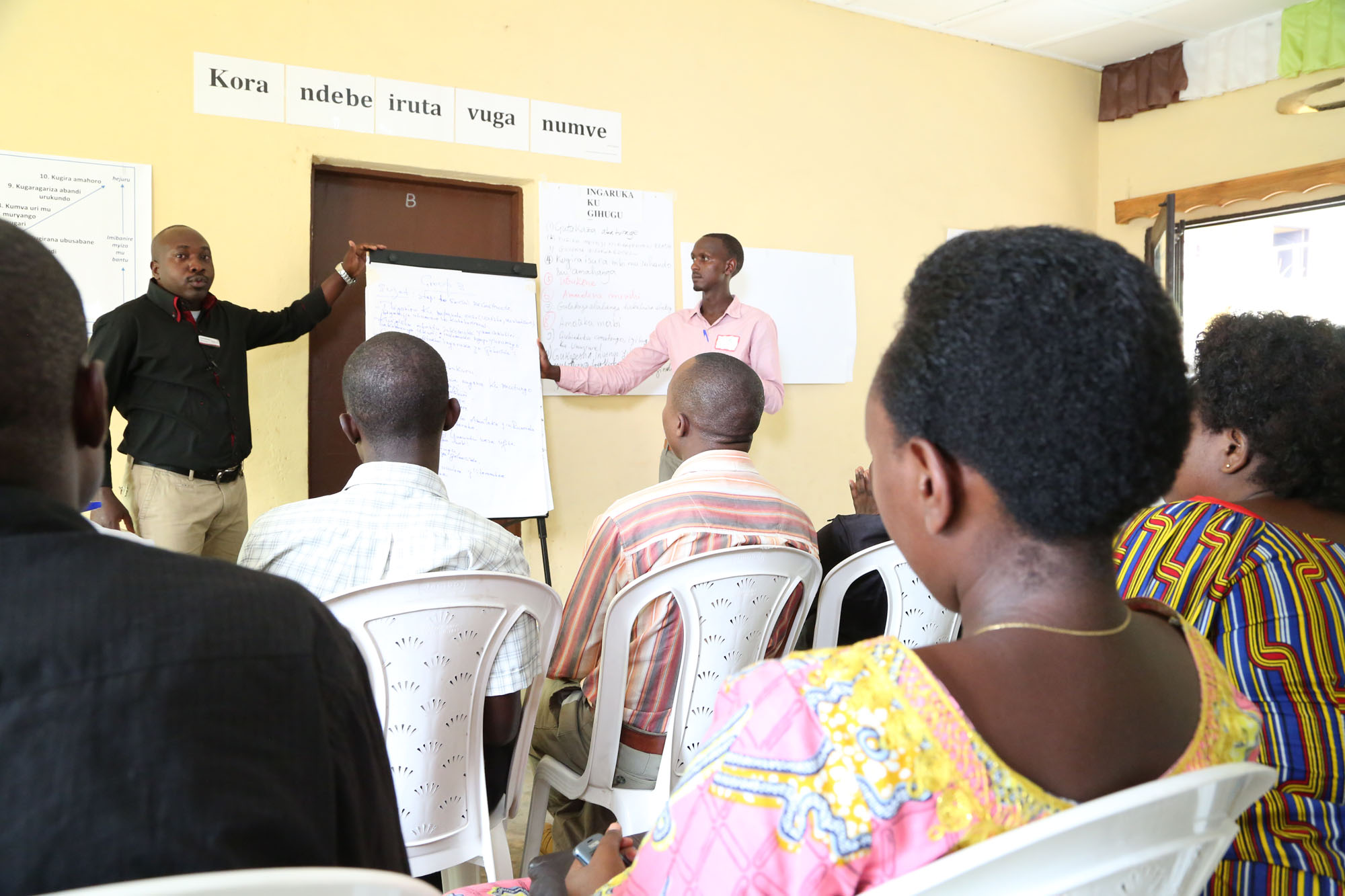


 Share this gallery
Share this gallery